By Caitlin Miller, ATC Information Services Manager
Be Prepared for Changing A.T. Seasons
September 16, 2022
While fall is not quite here, temperatures have already started cooling down along the northern end of the Appalachian Trail (A.T.). Fall and spring often hold the ficklest weather along the Trail, so here are a few tips to stay safe (and warm) as we head into pumpkin spice season (editor’s note: yuck).
Higher Elevation, Colder Temperatures

Photo by W. M. Hinsch
Expect to lose approximately 3-5 degrees Fahrenheit of temperature with every 1,000 feet of elevation you gain. In good weather, this is a general rule, but temperature loss can be much greater in poor weather. Always check the forecast before heading out on the Trail.
Higher Elevation, Less Predictable Weather
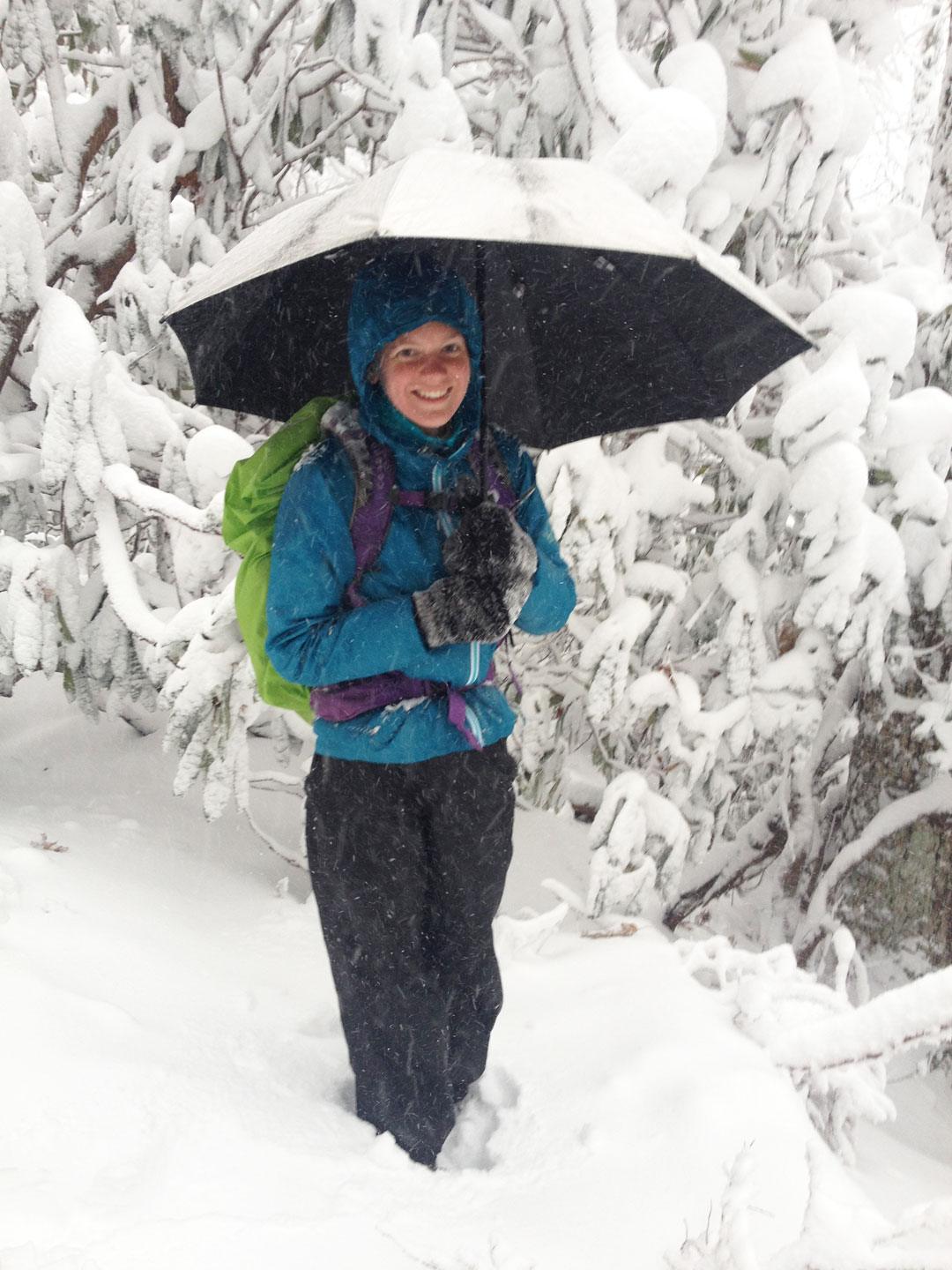
Photo by Dylan Hewitt
Weather can change rapidly at high elevations, especially above the treeline, no matter how nice the weather is when you start out. Always bring rain gear and extra layers if your route will take you onto exposed ridges and summits.
Goodbye, Sunshine
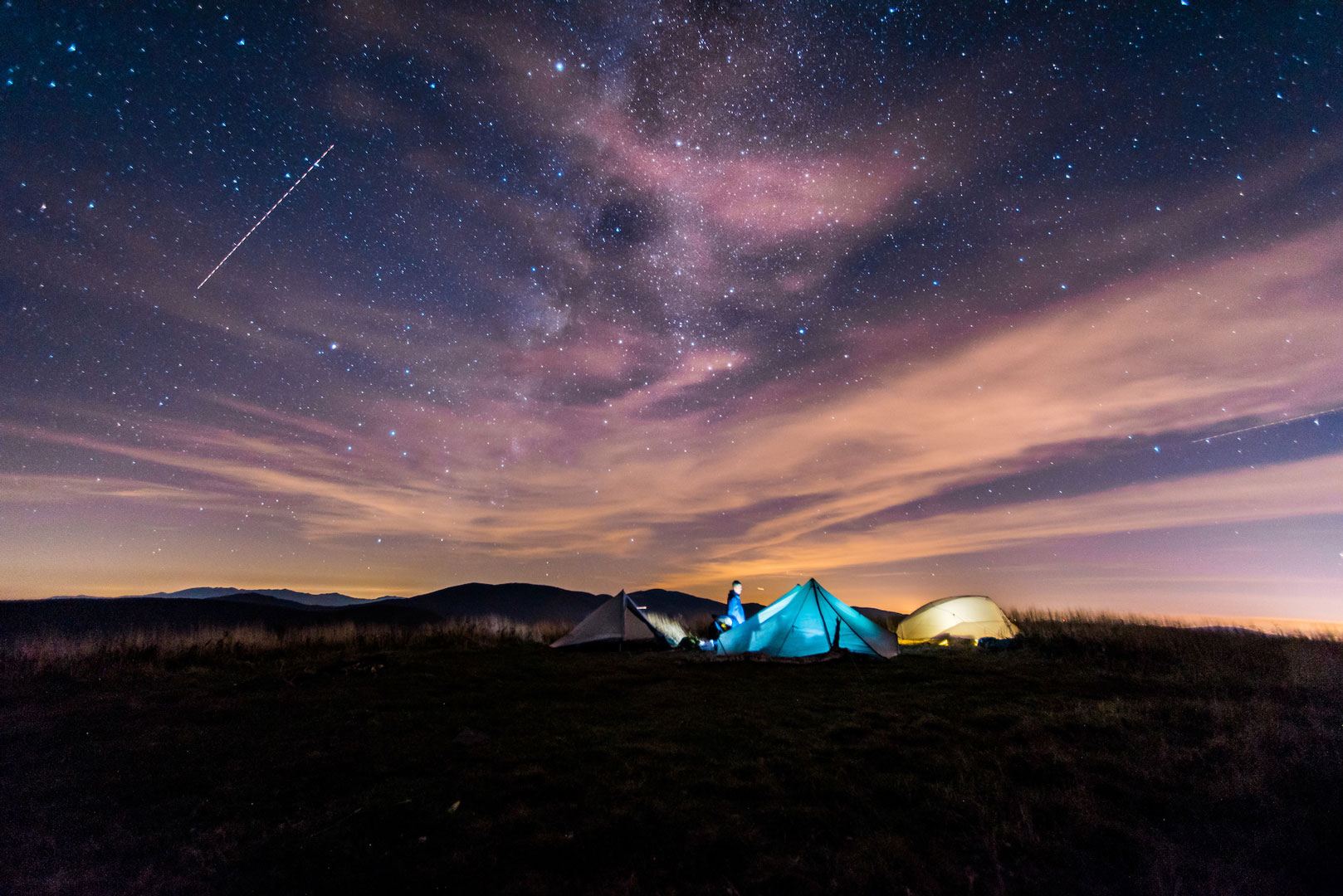
Photo by Horizonline Pictures
The days are getting shorter. One of your 10 Essentials should always be a source of illumination, such as a headlamp and extra batteries.
Winter Comes Earlier in the Mountains
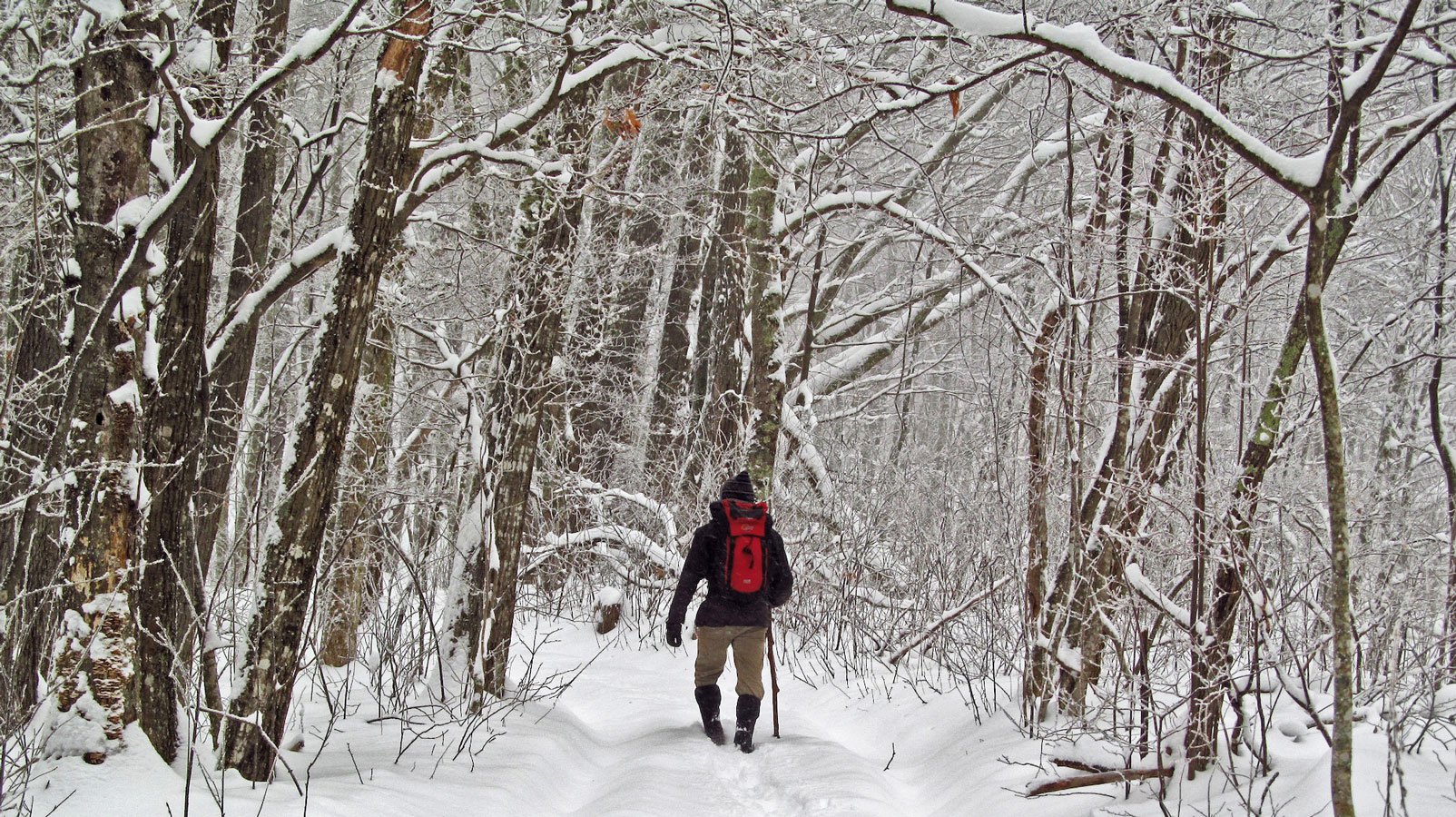
Photo by “Weathercarrot”
Snow and ice come earlier to the high summits. Check recent Trail conditions to determine if you need to bring extra winter gear like thick gloves or traction.
Some Roads Close During the Fall and Winter Months
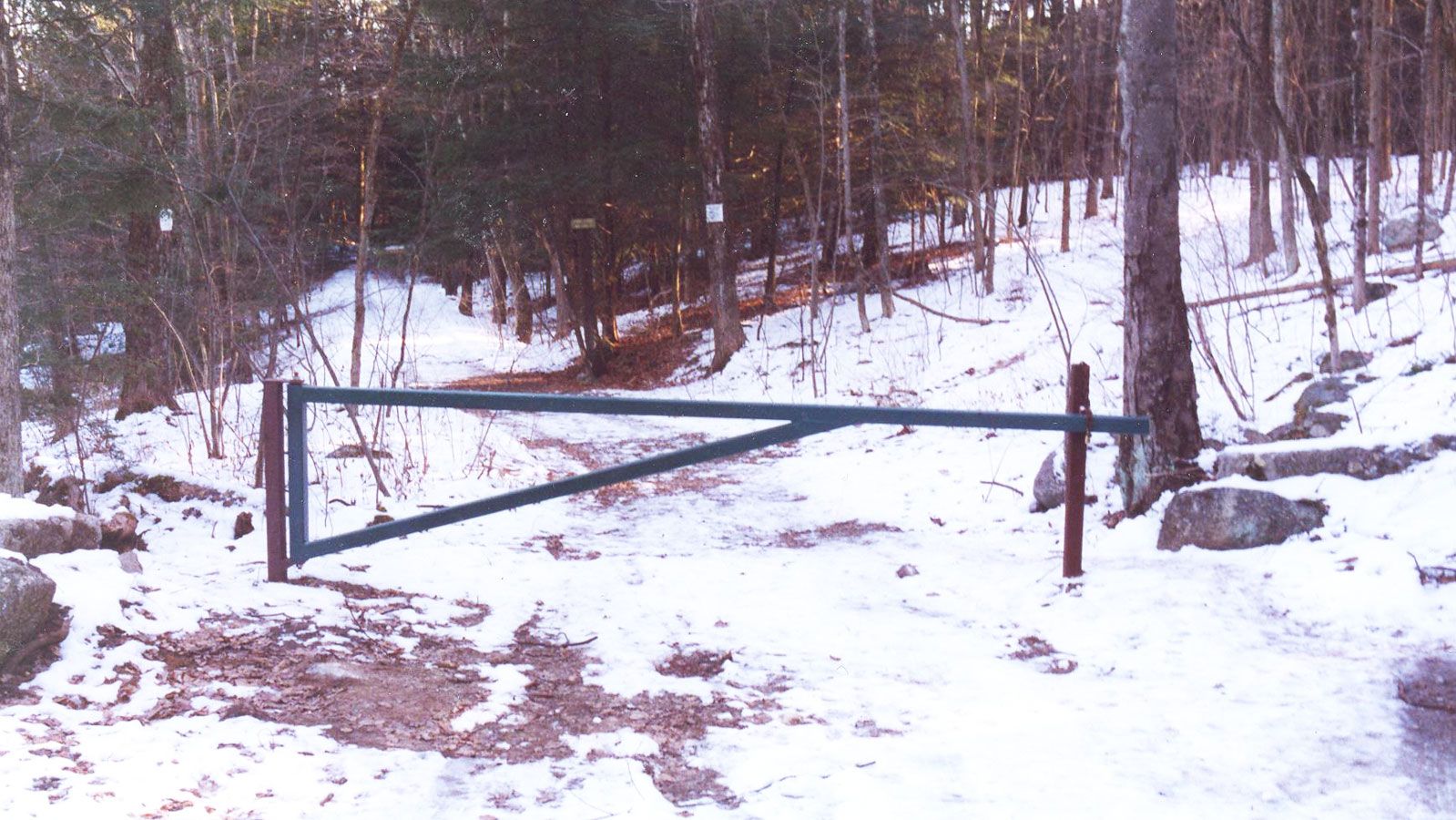
Seasonal roads along the Trail will close as the snow starts to fly. Be sure to check for road closures ahead of your trip on the A.T. This is especially important where the Trail passes through National Forests (most of New Hampshire, Vermont, Virginia, Tennessee, North Carolina, and Georgia) and National Parks (the Great Smoky Mountains and Shenandoah)
Prepare for Chilly Nights
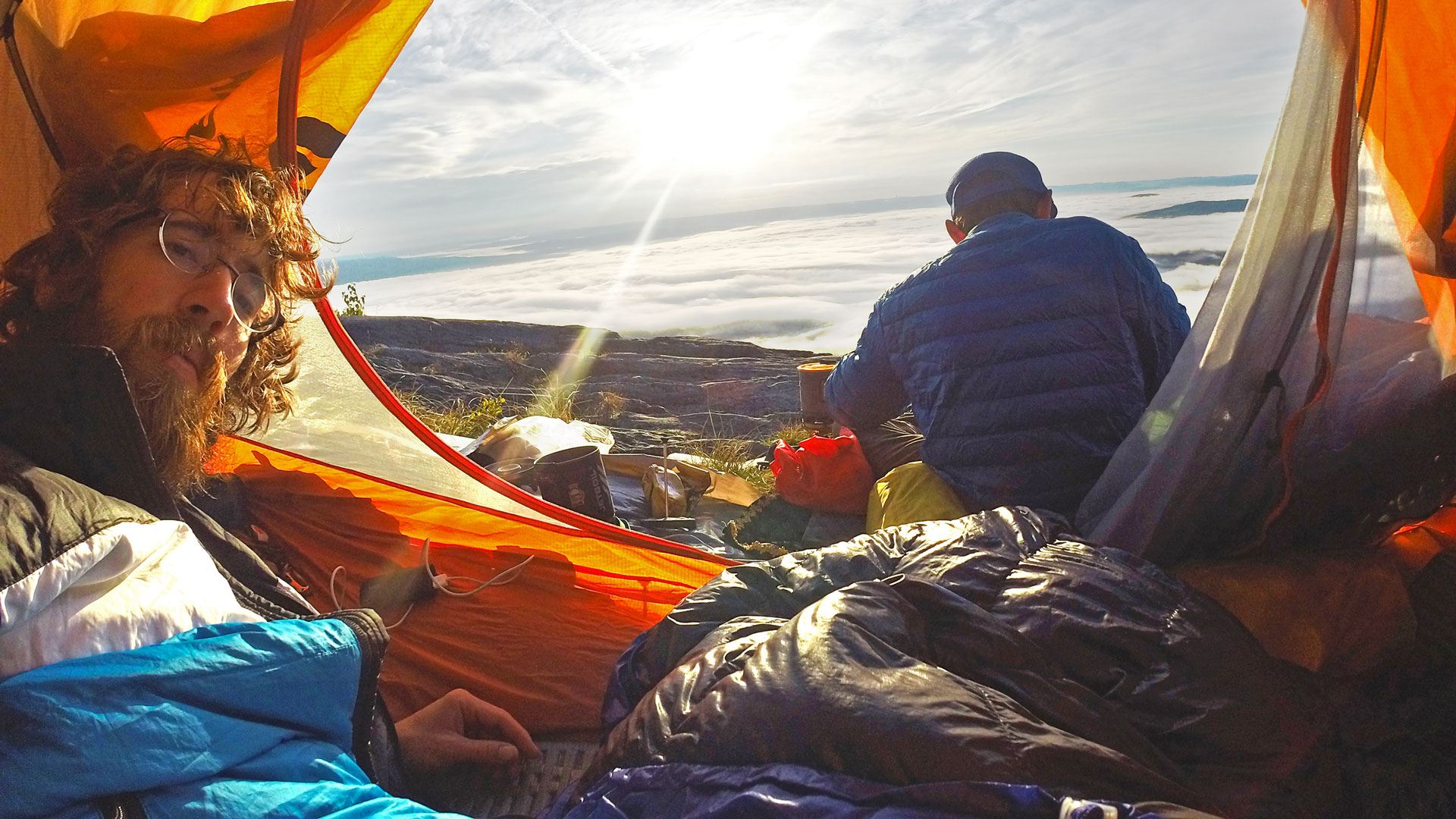
Photo by Chris “Baguette” Bianchi
If you’ll be out overnight on the Trail, make sure your sleep system is rated to handle lower temperatures. A sleeping bag rated to at least 20 degrees Fahrenheit is a good place to start.
Long-Distance Hikers: Retrieve Your Cold Weather Gear

Photo by Laurie Potteiger
Thru-hikers who mailed their cold weather gear home earlier in the summer should make plans to have it mailed back to them. Northbounders will want their cold weather gear as soon as possible. Southbounders should plan to pick up their cold weather gear before Damascus, Virginia.
With a little extra preparation, you can enjoy all that fall has to offer on the A.T. — including the dazzling reds, oranges, and yellows of fall foliage. Be sure to follow our Trail Updates page for the latest news from the A.T.
Discover More

Plan and Prepare
Hiker Resource Library
A collection of resources for hikers to stay safe, healthy, and responsible on the Appalachian Trail.
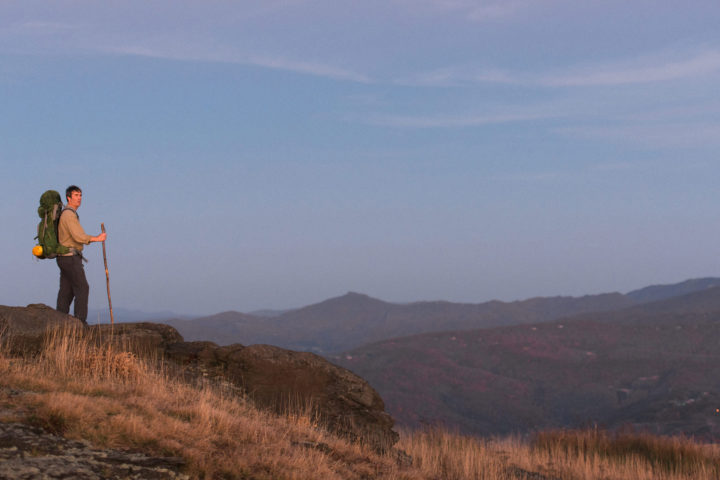
ATC's Official Blog
A.T. Footpath
Learn more about ATC's work and the community of dreamers and doers protecting and celebrating the Appalachian Trail.
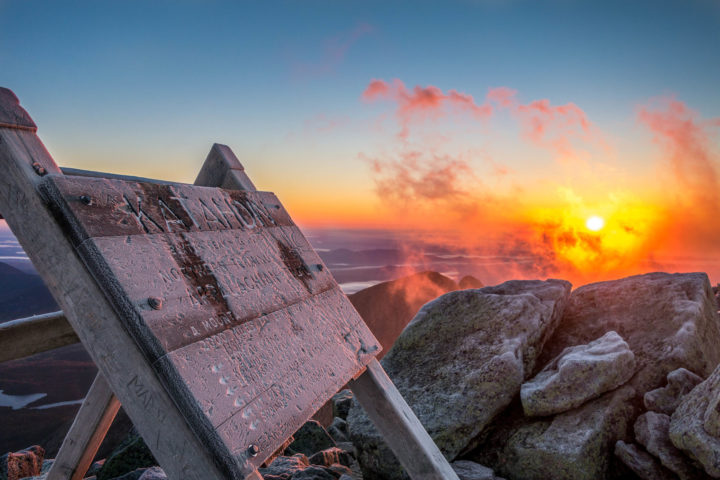
Plan and Prepare
Thru-Hiking
Thru-hiking the A.T. is the adventure of a lifetime. But trekking the 2,190+ miles of the A.T. is no easy feat — make sure you’re prepared!
